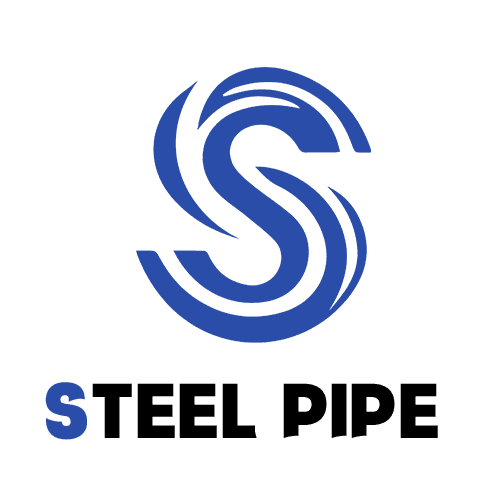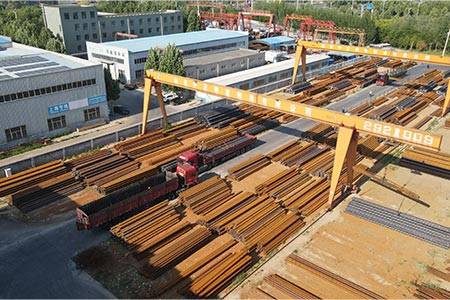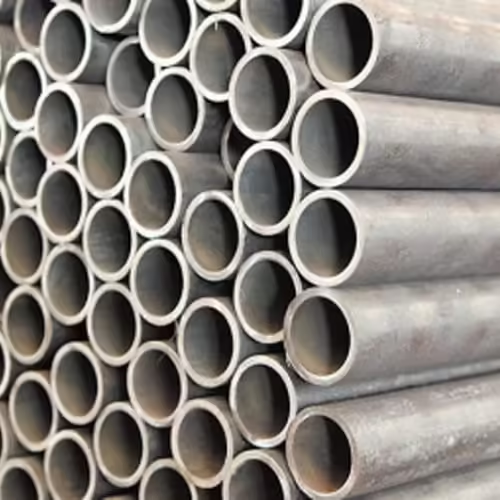Welcome to My Blog!
Before we dive into the content, I’d love for you to join me on my social media platforms where I share more insights, engage with the community, and post updates. Here’s how you can connect with me:
Facebook:https://www.facebook.com/profile.php?id=61559060896490
Now, let’s get started on our journey together. I hope you find the content here insightful, engaging, and valuable.
Introduction
Steel pipe sales are integral to numerous industries, including construction, energy, manufacturing, and infrastructure. Over the years, the demand for steel pipes has fluctuated due to changes in global economic conditions, technological advancements, and shifts in market needs. Understanding the key trends in steel pipe sales is crucial for businesses, manufacturers, and buyers alike. This blog will explore the various factors influencing the steel pipe sales market, including regional trends, technological innovations, and projections for future growth. Whether you’re a distributor, producer, or buyer, knowing these trends can help you navigate the evolving steel pipe market.
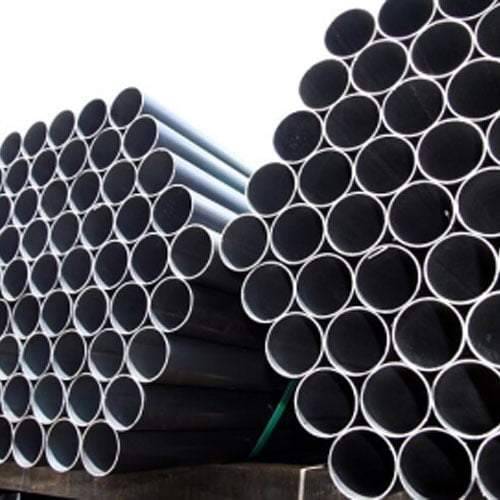
The Global Steel Pipe Market: An Overview
The global steel pipe market is vast and continuously evolving. Steel pipes are used for a variety of applications, such as transporting fluids and gases, structural purposes in construction, and even in the oil and gas industry. The sales of steel pipes are heavily influenced by global economic conditions, demand from various sectors, and geopolitical issues. In recent years, steel pipe sales have seen significant growth, particularly in emerging markets, thanks to infrastructure development and rising demand for energy.
Table 1: Key Metrics in Global Steel Pipe Sales
| Region | Market Growth (2023-2025) | Major Applications | Leading Industries |
|---|---|---|---|
| North America | Moderate | Oil & Gas, Construction | Energy, Construction, Utilities |
| Europe | Slow Growth | Water Supply, Gas Distribution | Energy, Infrastructure |
| Asia-Pacific | High Growth | Infrastructure, Petrochemical | Construction, Manufacturing |
| Middle East | High Growth | Oil & Gas, Water Distribution | Energy, Petrochemicals |
| Africa | Moderate to High Growth | Water Supply, Construction | Agriculture, Infrastructure |
This table shows the expected growth in steel pipe sales by region and highlights the key applications and industries driving demand.
Key Drivers of Steel Pipe Sales Trends
Several factors contribute to the fluctuating trends in steel pipe sales. These include demand from key sectors like construction, energy, and infrastructure, as well as advancements in technology that improve the production and application of steel pipes.
Demand from the Energy Sector
The global energy demand has a direct impact on steel pipe sales. Oil and gas pipelines, as well as power plants, require large quantities of steel pipes for construction and maintenance. The demand for steel pipes is particularly high in regions where energy infrastructure is expanding or being upgraded.
Urbanization and Infrastructure Development
As cities grow and infrastructure expands, so does the demand for steel pipes. Steel pipes are essential in water supply systems, sewage lines, and structural applications in construction. Increased urbanization in developing regions like Asia and Africa has significantly boosted steel pipe sales.
Technological Advancements
Innovations in steel pipe production, such as automated welding processes and corrosion-resistant coatings, have made steel pipes more durable and cost-effective. These advancements allow steel pipe manufacturers to meet the growing demand while maintaining high product quality.
Regional Steel Pipe Sales Trends
Steel pipe sales trends vary by region due to differing industrial needs, infrastructure development, and economic conditions. Understanding these regional differences can help manufacturers and distributors focus on the right markets for growth.
Table 2: Regional Demand for Steel Pipes by Sector
| Region | Construction Demand | Energy Demand | Water & Sewer Demand | Other Sectors |
|---|---|---|---|---|
| North America | Moderate | High | Low | Automotive, Manufacturing |
| Europe | Low | Moderate | High | Agriculture, Chemical |
| Asia-Pacific | High | High | Moderate | Mining, Automotive |
| Middle East | Moderate | Very High | Low | Petrochemicals |
| Africa | High | Moderate | High | Agriculture |
In Asia-Pacific and the Middle East, the construction and energy sectors are the primary drivers for steel pipe sales, while Europe tends to focus more on water and sewer infrastructure.
Impact of Global Economic Trends on Steel Pipe Sales
Global economic conditions heavily influence the steel pipe sales market. Economic growth or recession can significantly affect demand across various industries. In a growing economy, the construction of infrastructure projects and energy production typically drives demand for steel pipes. However, during economic downturns, these projects may be delayed or reduced, causing a dip in sales.
Post-Pandemic Recovery
After the COVID-19 pandemic, many countries saw a surge in infrastructure development, especially in emerging markets. This recovery has contributed to an increase in steel pipe sales, particularly in the construction and energy sectors.
Trade Tariffs and Geopolitical Issues
Trade policies and tariffs can also impact steel pipe sales. For instance, the imposition of tariffs on steel imports in certain countries can drive up prices and affect the availability of steel pipes. Similarly, geopolitical tensions and conflicts may disrupt supply chains, impacting sales and production schedules.
Steel Pipe Sales in Emerging Markets
Emerging markets, especially in Asia, the Middle East, and Africa, have been key drivers of growth in steel pipe sales. These regions are investing heavily in infrastructure projects, oil and gas development, and industrialization, all of which require substantial amounts of steel pipes.
Asia-Pacific
The demand for steel pipes in Asia-Pacific is driven by rapid industrialization, large-scale infrastructure projects, and growing energy needs. Countries like China and India are among the largest consumers of steel pipes, thanks to their ambitious construction and energy plans.
Africa
Africa’s growing population and urbanization are fueling the demand for steel pipes, particularly in water distribution and construction projects. Countries such as Nigeria, South Africa, and Egypt are expected to see continued growth in steel pipe sales.
Challenges in Steel Pipe Sales
While the demand for steel pipes is high, the market faces several challenges that could affect sales trends. These challenges include fluctuating raw material costs, environmental regulations, and competition from alternative materials like plastic and composite pipes.
Raw Material Prices
Steel prices can be volatile, which directly affects the cost of manufacturing steel pipes. Changes in the cost of raw materials like iron ore and scrap metal can impact the pricing and availability of steel pipes.
Environmental Regulations
As environmental regulations become stricter, steel pipe manufacturers are under pressure to reduce emissions and make their production processes more sustainable. Companies that fail to comply with these regulations may face penalties or lose market share.
The Future of Steel Pipe Sales
The future of steel pipe sales looks promising, with continued demand expected from key sectors such as construction, energy, and infrastructure. However, several factors will shape the market, including advancements in technology, shifting global trade dynamics, and the increasing emphasis on sustainability.
Increased Use of High-Strength Steel Pipes
In the future, there is expected to be a greater demand for high-strength steel pipes that can withstand more extreme conditions, such as deep-water oil drilling or high-pressure gas pipelines.
Sustainability and Eco-Friendly Practices
As environmental concerns grow, manufacturers are likely to shift toward greener production methods and offer more sustainable products, such as pipes made from recycled materials or pipes with improved energy efficiency.
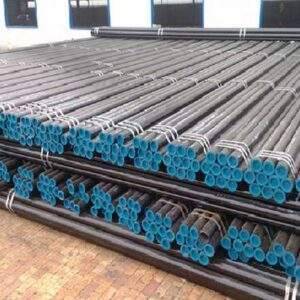
Conclusion
In conclusion, understanding the trends in steel pipe sales is essential for businesses in industries like construction, energy, and manufacturing. The demand for steel pipes is influenced by factors such as regional economic conditions, technological advancements, and global energy needs. As the market continues to grow, particularly in emerging regions, it is crucial for companies to adapt to these trends and meet the evolving demands of their customers.
FAQ
Q: What are the main applications for steel pipes?
A: Steel pipes are primarily used in construction, energy, water and sewer systems, and in industries like petrochemicals, automotive, and manufacturing.
Q: How does economic growth impact steel pipe sales?
A: Economic growth leads to increased infrastructure development, energy production, and industrialization, all of which drive the demand for steel pipes.
Q: What challenges do steel pipe manufacturers face?
A: Manufacturers face challenges like fluctuating raw material prices, environmental regulations, and competition from alternative materials such as plastic pipes.
Q: What is the outlook for steel pipe sales in emerging markets?
A: Emerging markets, particularly in Asia, Africa, and the Middle East, are expected to see strong growth in steel pipe sales due to ongoing infrastructure and energy development.
